Solar inverters are an essential part of any photovoltaic (PV) solar system, converting the direct current (DC) output of PV panels into the alternating current (AC) needed to power most homes and businesses. With so many different types and sizes of solar inverters on the market, choosing the right one for your PV system can be a daunting task. But with a little research, you can find the perfect solar inverter for your needs.
Browse through our full collection of high-quality solar inverters from some of the top brands in the industry. If you would like help determining which solar inverter is right for your property, contact our Solar Run technicians by calling 1300 076 527.
Here are a few things to keep in mind when shopping for a solar inverter:
Our technicians will be more than happy to provide tailored recommendations on which solar inverter is best suited for your system and property. Contact us at Solar Run today for more information by calling 1300 076 527.
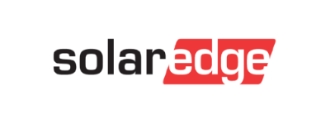
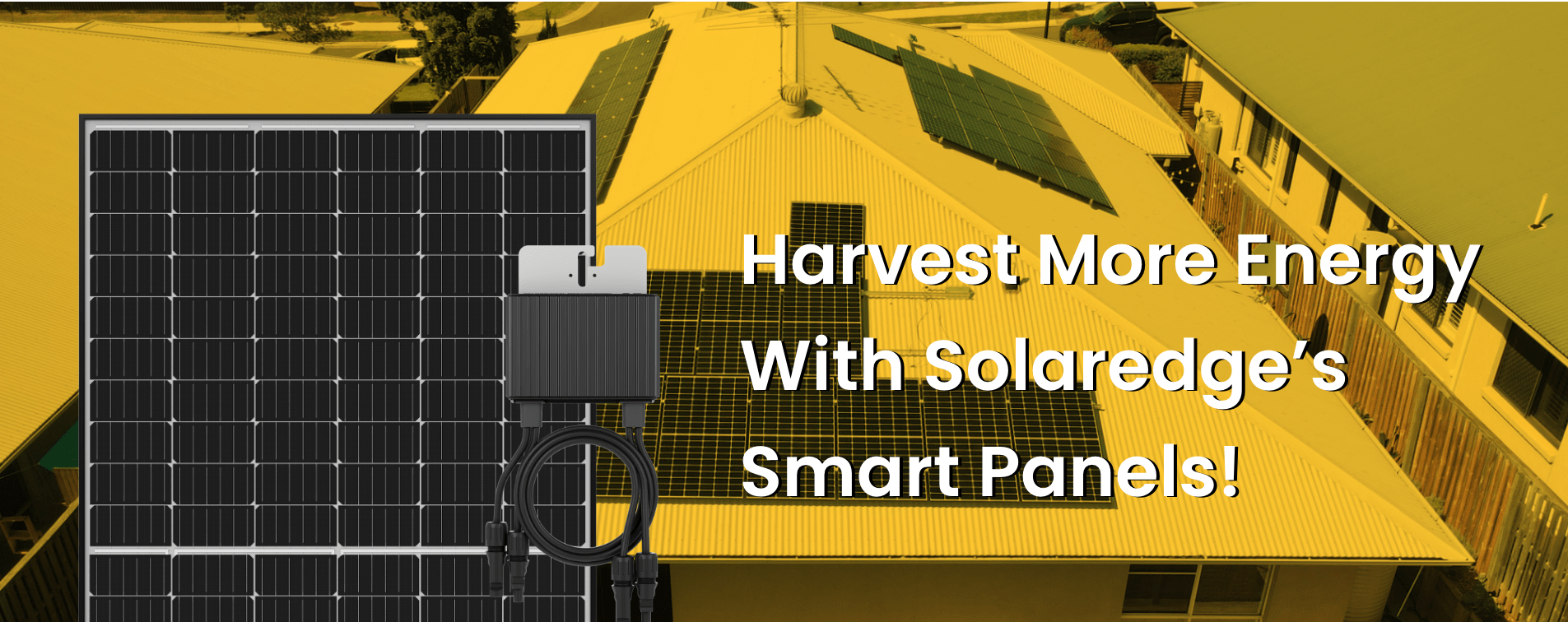
SolarEdge's unique optimizer technology is changing the solar inverter industry.
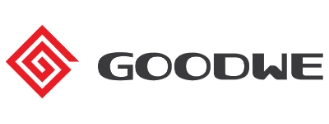
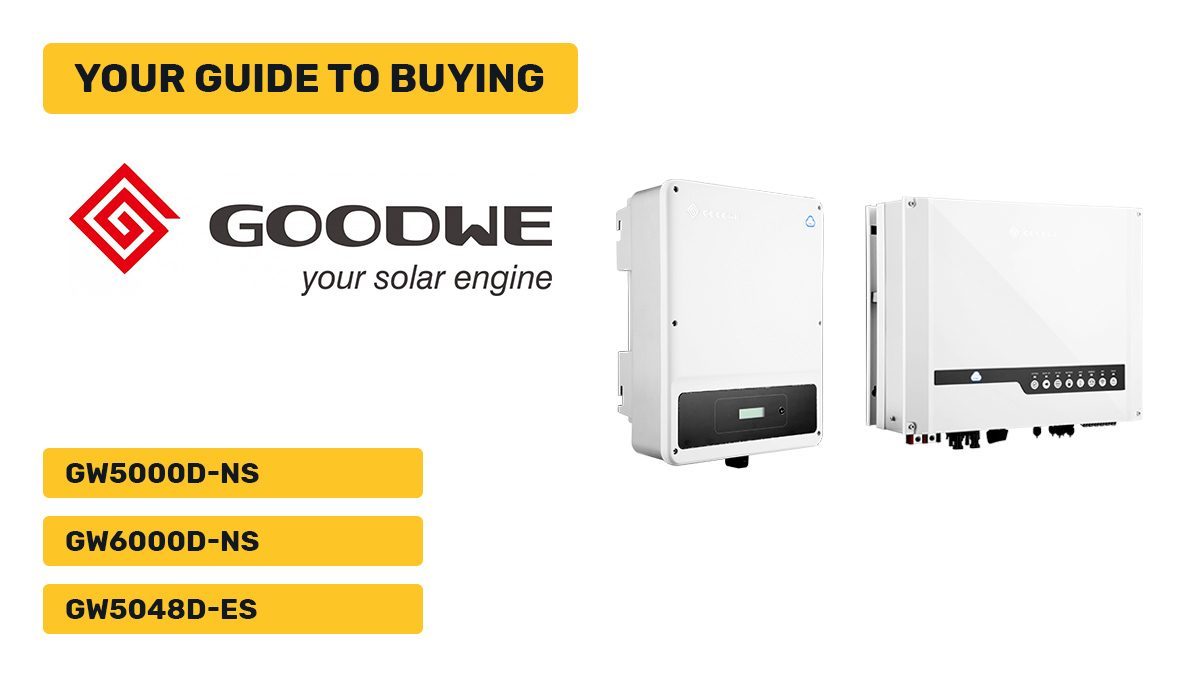
With strong presence in Australia, Goodwe comes with performance and value.

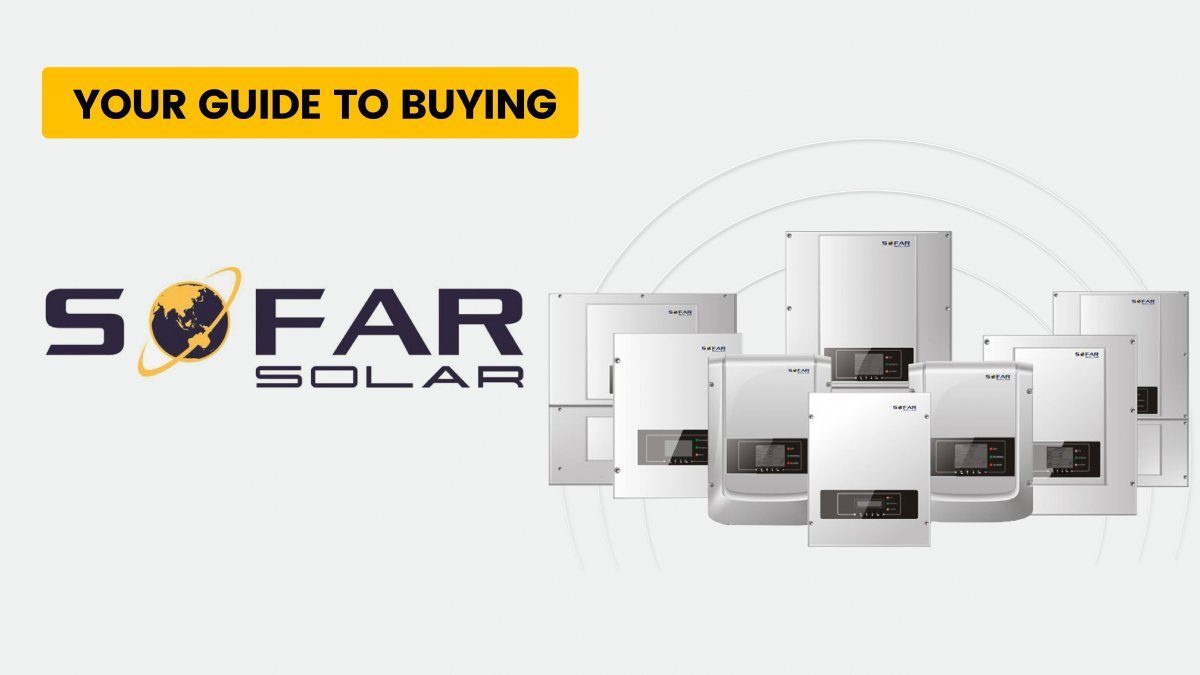
Sofar inverters stand out for their incredible efficiency and stylish design.

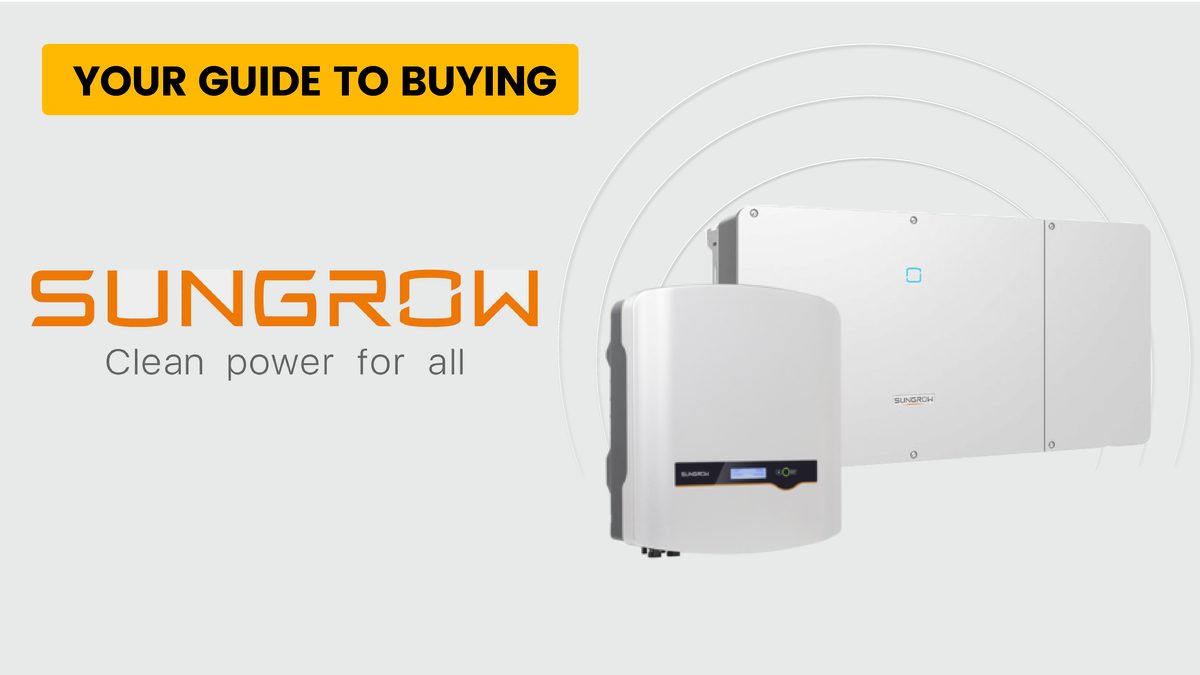
If you want safety, reliability and efficiency, you want Sungrow.

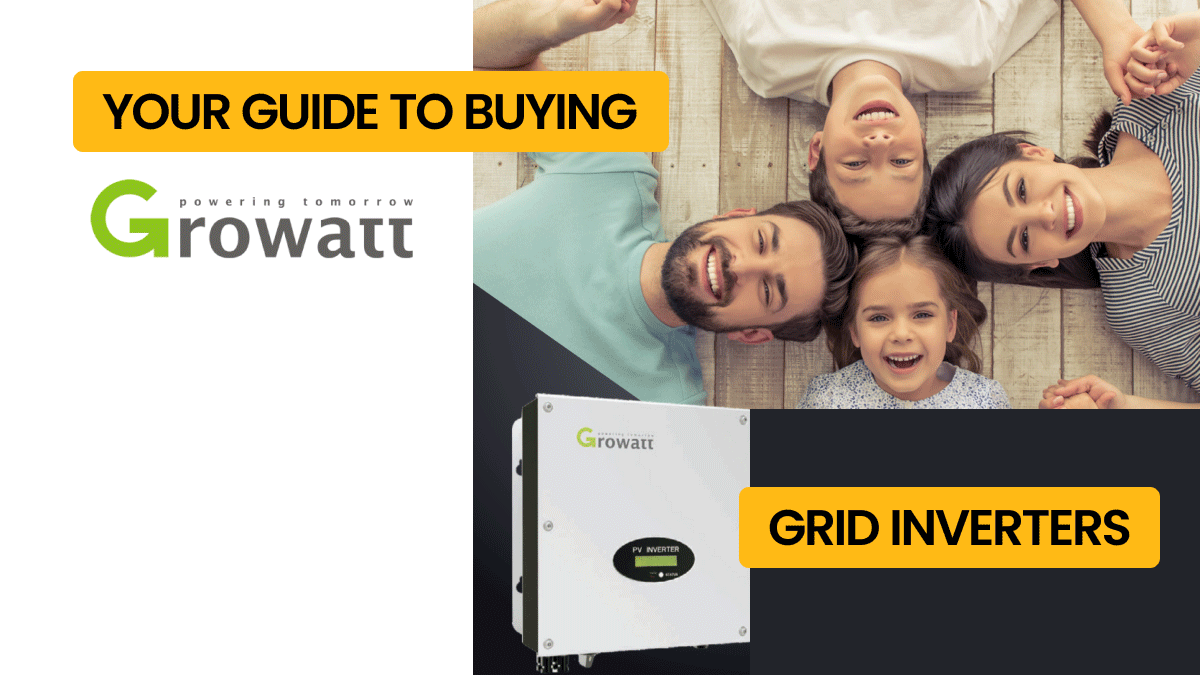
If you're looking for value and performance, Growatt offers top performing inverters.

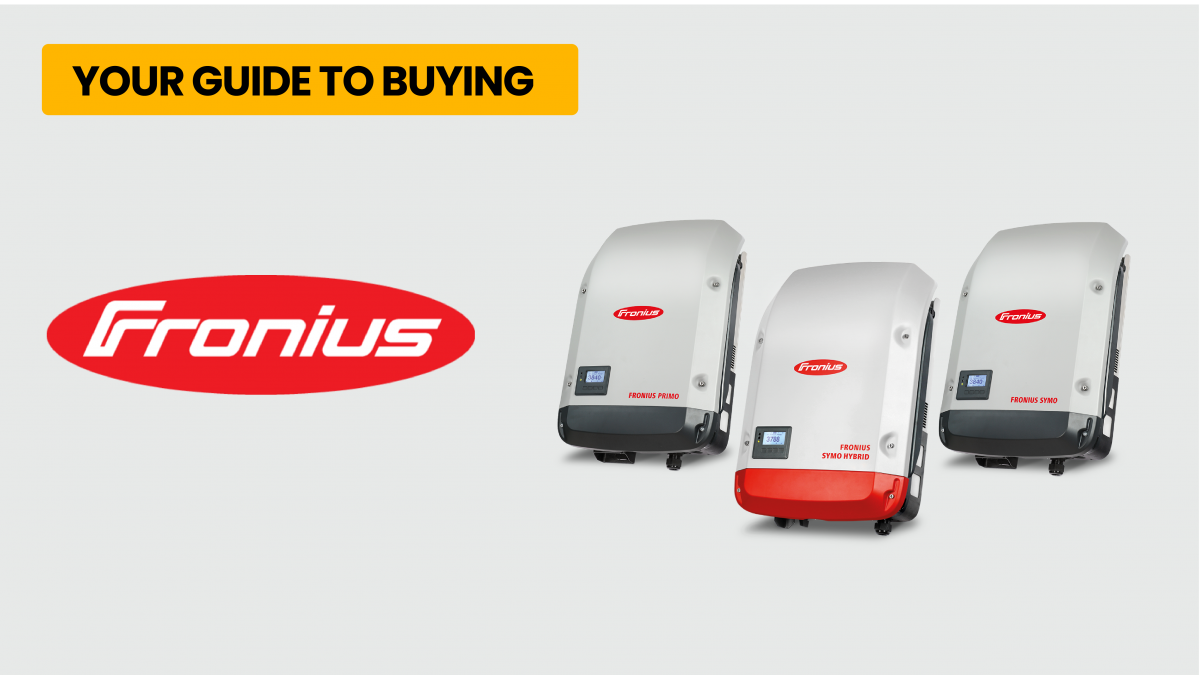
Fronius is the world leader for solar inverters with long history in solar manufacturing.

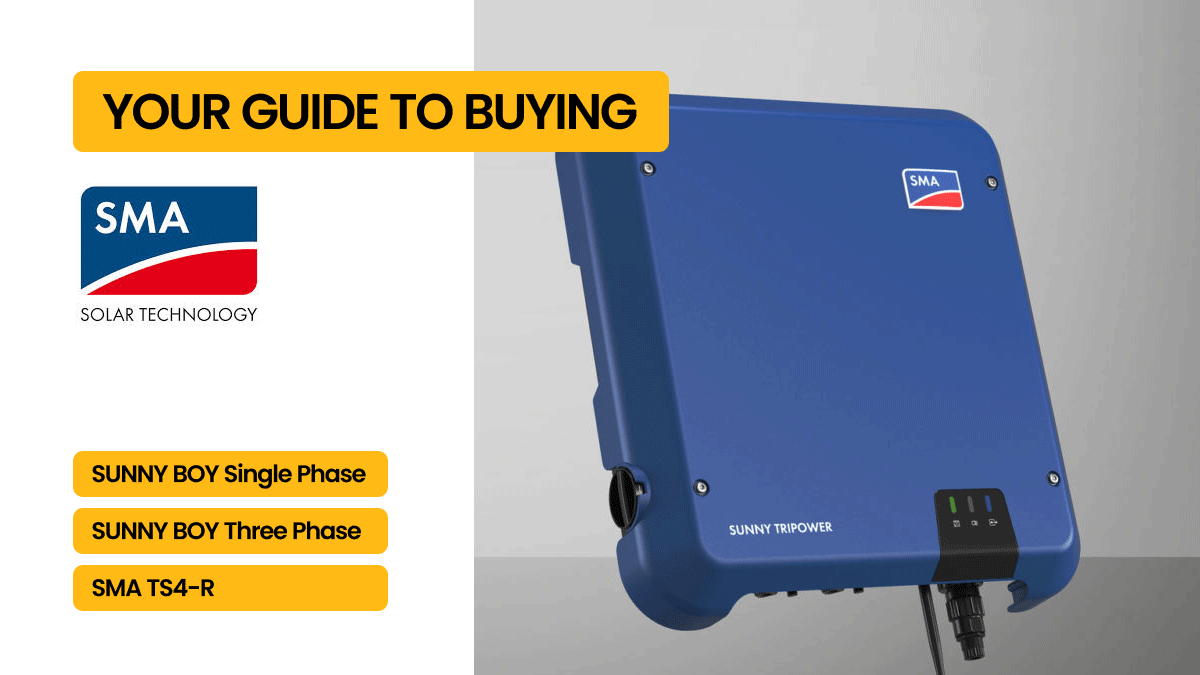
SMA is a well recognised name in solar inverter market with the Sunny Boy series.

MPPT, or Maximum Power Point Tracker, is a circuit within most new inverters which acts to optimise the energy production of your solar power system by making it operate at the most efficient voltage, ie; the maximum power point. You need multiple MPPTs if you have your solar panels mounted across multiple roof areas, and each roof area points in a different direction. This is because you each string will have different amounts of sun falling on it due to their different directions, therefore they will have different shape IV curves, and different max power points. So you need an MPPT for each string to get maximum performance from your system as a whole.
It is the lowest acceptable voltage that is needed for the inverter to kick on. Each inverter has a minimum input voltage value that cannot trigger the inverter to operate if the PV voltage is lower than what is listed in the specification sheet.
Many customers ask if the inverter will be noisy, especially if installed near bedroom windows etc? The high quality inverters are usually very quiet and you will hardly be able to hear them. Cheaper models, particularly older generation inverters with transformers, are often characterised by a monotone hum and buzz, especially during periods of high output. Consider that even if installed near a bedroom window, the inverter switches off during the night. Nevertheless for shift workers etc the lesson is – buy a quality inverter and try to install the inverter near the switchboard and not direct outside the bedroom window. Suggest your preferred position to the solar system installer and also do not put the solar inverter where it is exposed to direct sun for long periods of the day.
Inverter efficiency is the ratio of the usable AC output power to the sum of the DC input power and any AC input power. Typical grid-tied inverter efficiencies exceed 95% under most operating conditions. Efficiency changes as a function of AC output power, DC voltage, and sometimes inverter temperature.
The brand and reputation of inverter brands is really an important factor to the customers. The main criteria that qualifies a brand to be recognised is:
Inverter warranties have to this point almost always been for five years. Some manufacturers like Fronius have been offering special +5 year upgrades if you register the inverter and your details with them. It is important to understand though that these bonus warranty upgrades may not cover labour or freight and may just cover the product. Still, this is good value considering a replacement 5kW inverter can set you back up to $2500 installed when a +5 bonus warranty turns this into a callout or two and some interstate freight costs.
We are starting to see some manufacturers increase their warranties to 10 years or more. For example, Enphase warrant their microinverters for 10 years and SolarEdge warrant their inverter for 12 years (SolarEdge also warrant their optimisers for an incredible 25 years)
Most manufacturers also offer upgrade options that can extend the warranty up to 10/15/20/25 years. These extensions are generally not free and may be offered at the time of the sale or the time of the installation. Additional warranties can provide good value if they are low in cost, but it is important to understand how much the price will rise.
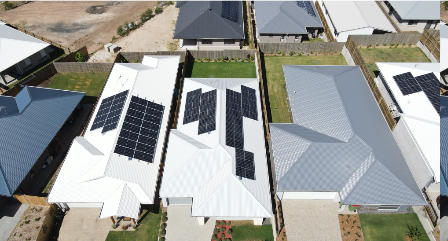
Understanding the role of inverters in your home solar PV system is essential to calculating the performance, output, durability, and cost of your solar panels. The vital role played by inverters is the conversion of DC electricity into usable AC electricity.
Read More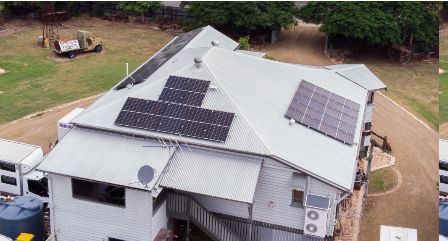
To buy the best solar inverters be sure to compare prices, warranties, and efficiencies of different solar inverter manufacturers | Know more about Solar Inverters
Read More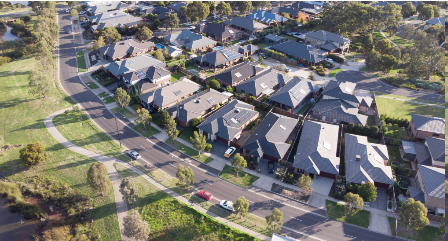
We have warranty information for all the leading solar panels, inverters and battery storage systems. Solar Run also provides product reviews for all the major brands like Goodwe, Solaredge, Sungrow and more.
Read MoreWe are available! Have a question? Text us here.
 Text Us
Text Us